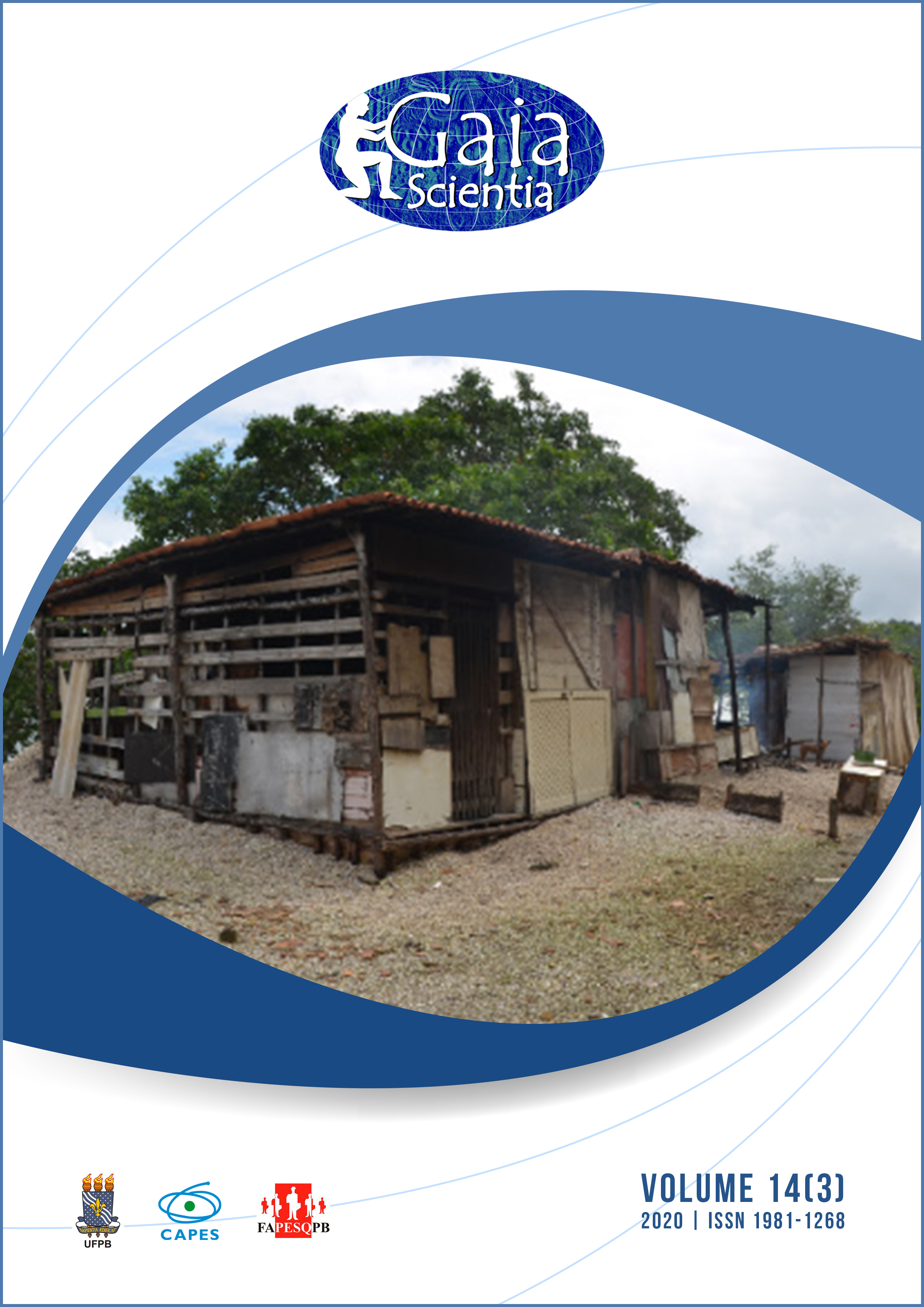Levantamento etnobotânico de plantas inseticidas em comunidades rurais de Alta Floresta – MT
DOI:
https://doi.org/10.22478/ufpb.1981-1268.2020v14n3.54058Resumo
Os povos primitivos já utilizavam as plantas para auxiliá-los em seus problemas cotidianos, e as relações que os seres humanos estabelecem com os recursos vegetais são estudadas pela etnobotânica. Assim, o objetivo deste trabalho foi averiguar o conhecimento e uso de plantas no controle de insetos-praga por produtores familiares de comunidades rurais em Alta Floresta, MT. A pesquisa foi desenvolvida nas comunidades Central, Vila rural e Guadalupe, onde foram selecionados 15 produtores em cada comunidade de forma aleatória. Mais de 70% dos entrevistados já haviam usado ou conheciam plantas que apresentam ação inseticida, 22 espécies foram registradas, e as mais citadas foram: Nicotiana tabacum L. (33%), Azadirachta indica A. Juss. (22%), Capsicum frutescens L. (11%) e Cymbopogon winterianus Jowit (8%). Os insetos citados nas entrevistas que podem ser controlados pelas plantas bioinseticidas pertencem às ordens: Diptera, Hemiptera, Hymenoptera, Lepidoptera e Siphonoptera. O presente trabalho confirmou o conhecimento etnobotânico dos agricultores, no entanto observa-se a necessidade de mais estudos e divulgação para estimular o uso destes produtos naturais. Pode-se verificar a necessidade de investigação a respeito das plantas endêmicas da região, pois existe uma grande riqueza de espécies, no entanto as utilizadas pelos produtores não são nativas.










